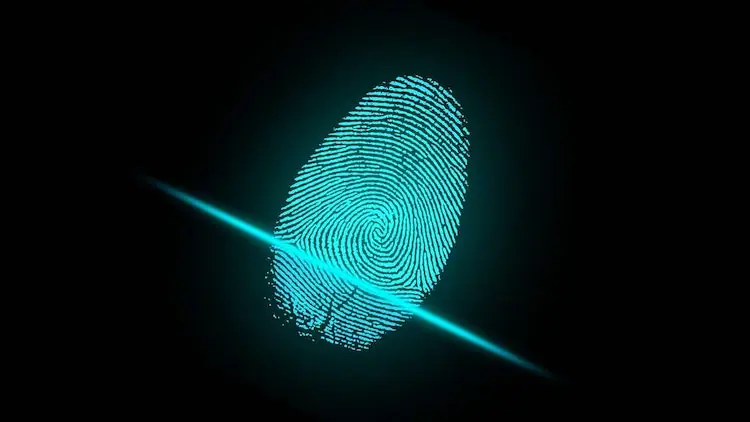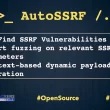So you figured out someone is impersonating you online.
It could be a harmless prank or a setup for a more sinister case of identity theft. But how can you be sure, and how can you possibly find the culprit and bring them to justice?
How do you check for identity theft?
Here are a few good ways to tell if someone is trying to steal your identity, and are using it to commit criminal activities online:
- If you’ve been receiving strange emails or messages from people you don’t know, it’s possible that someone has hacked into your account and is using it to send spam. If this is the case, you should change your password immediately.
- Another red flag is if you start seeing charges in your bank account or credit card that you don’t recognize. This is a classic sign of identity theft, and you should contact your financial institution right away to dispute the charges.
- You might also notice that your credit score has suddenly dropped for no apparent reason. This could be because another person has taken out a loan in your name and is not making the payments, which is harming your credit.
What not to do when someone steals your identity
Once you’ve come to the realization that someone else is using your identity for whatever purpose they have in mind, it’s important to stay calm and not do anything that could make the situation worse. Don’t panic, and take care not to commit the following:
First of all, don’t attempt to take matters into your own hands by confronting the person yourself. This could be dangerous, and you may not even get the right person.
Second, don’t give out any personal information over the Internet or on the phone. This can exacerbate the problem, as the thief could use this information to commit more fraud.
Finally, don’t despair. It may take some time and effort to fix the situation, but it certainly is possible for you to reclaim your identity and get your life back on track.
The better course of action
Instead, the best thing to do is to take action to stop the identity theft right away. Contact the relevant financial institutions and change your passwords. You should also consider contacting the police if you think you are being targeted by cybercriminals.
Be sure to keep watch for your accounts and credit score even after you’ve taken steps to secure your identity. Also, keep an eye out for activities made under your name. Whenever you see anything suspicious, don’t hesitate to reach out to the authorities again.
4 ways to dox your identity thief
Thanks to the magic of digital technology and the Internet, it is now possible to find the identity of almost anybody online. If you’re into a little DIY work, you can practically attempt to dox who’s behind the theft of your identity before letting law enforcement take over. Here are five ways to go about this:
1. Check the IP address of the person who’s been contacting you.
If they’ve been emailing you, look at the headers of the message to find the IP address. You can then use a service like ip2location to find out where in the world that IP address is located. If it’s a fake account, the IP address might be registered in another country. But even if the IP address is in your own country, it could still be someone trying to cover their tracks.
2. Check the account’s activity.
It is also important to check the kind of activity that is being done in the fraudulent account. If you’re looking at a fraudulent social media account, keep a look out for geotagged posts; sometimes, the criminal may be too sloppy to turn off their device’s geotagging feature, allowing you to pinpoint exactly where they are when they’ve added their post. You can also check out the purchases made in your account and coordinate with their respective sellers to get more information, such as delivery addresses and the name of the recipient.
3. Search for the impostor’s email address or phone number.
This might turn up some results that can help you identify the person behind the theft. You can take chances on an email finder tool to uncover their actual email address, and, once you’ve found it, you can plug it into a reverse email search application to find the possible owner.
4. Try social engineering.
This involves trying to trick the person who’s stolen your identity into revealing themselves. For example, you could pretend to be a family member or a friend and ask them for photos or personal information. Or you could offer them a deal that’s too good to be true in exchange for their bank account details.
Vigilance is key
Identity theft is a serious problem, but it’s one that you can protect yourself against. By being vigilant and taking action quickly if you suspect something is wrong, you can help to ensure that your identity stays safe.










